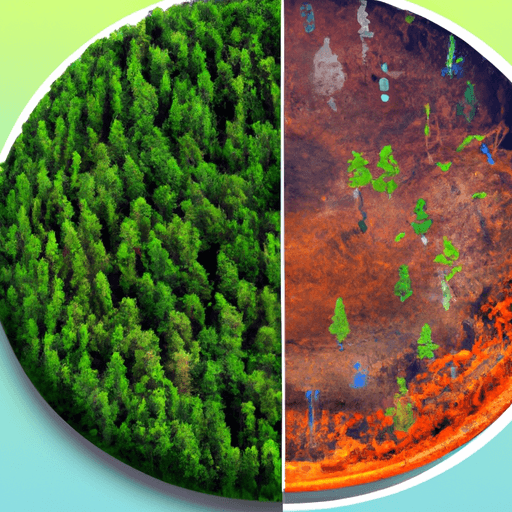Fungi & Sustainability: A Potential Game-Changer in Environmental Conservation
Fungi, the often overlooked and underappreciated kingdom of life, is finally beginning to receive the recognition it richly deserves for its pivotal role in addressing environmental challenges. These incredible organisms can play a monumental part in making our planet more sustainable.
Understanding Fungi
Fungi are a group of living organisms which are classified in their own kingdom. This means they are not plants, animal, or bacteria. They are ubiquitous in the natural world and easily overlooked, but contribute enormously to the Earth's biodiversity, recycling nutrients and fostering plant growth.
The Ecological Significance of Fungi
The ecological role of fungi can hardly be overstated. They play a key role in nutrient cycling and exchange in the environment. Through decomposition and symbiotic relationships with plants, fungi contribute substantially to carbon sequestration, nutrient recycling, and soil health.
Fungi in Bioremediation and Pollution Control
One of the most impressive traits of fungi is their capacity for bioremediation - the use of living organisms to detoxify polluted ecosystems. Certain fungi species can absorb and concentrate heavy metals from polluted soils, making them invaluable in combating industrial pollution. Known as mycoremediation, this process leverages the natural capabilities of fungi to break down hazardous materials and pollutants.
Real-World Examples
Trials are being carried out globally, demonstrating the efficiency of fungi in tackling pollution. In Ecuador, for example, fungi were used to clean up an area polluted by oil. In Chernobyl, radioactive mycelium mushrooms are being studied for their ability to absorb cesium and strontium. Similarly, in the Pacific Northwest, mycoremediation is used to clean up contaminated waterways and forests.
Challenges and Future Possibilities
Despite their potential, the capabilities of fungi are still far from being widely understood or utilized. Challenges faced in this field include a lack of awareness, potential biosecurity risks, and the need for more advanced research. Nevertheless, the possibilities are immense. Ranging from plastic degradation to carbon capture and sustainable agriculture, fungi hold promising options for a more sustainable future.
Conclusion
Revealing the mysteries of fungi and their ecological roles is a pressing necessity. Recognising their potential to help solve our environmental challenges can provide us with powerful tools to make our world more sustainable. The role of fungi in this struggle is a paradigm shift in environmental conservation, and more research and broader awareness can help bring about this change.



















Comments
Leave a Comment